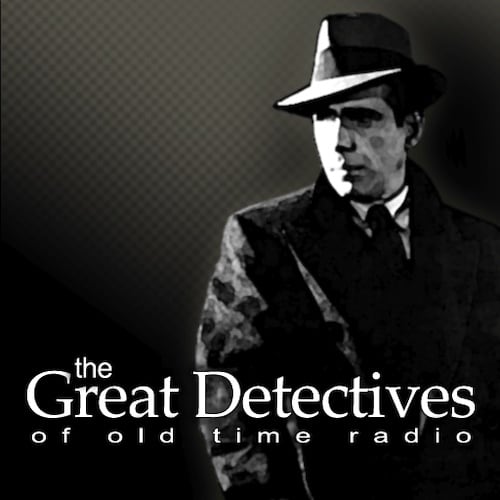Tintin may be one of the most fun characters that most Americans have never heard of. Tintin was the creation of the Belgian Cartoonist Herge over a period of nearly 50 years. Tintin is a Belgian investigative journalist who travels the world, getting caught up with one adventure after another, along with his faithful dog, Snowy and usually accompanied by his friend, Captain Haddock. The character came to Americavia HBO and later Nickelodeon through the BBC series which has the same name as the 2011 film, The Adventures of Tintin.
In the Adventures of Tintin, our intrepid hero buys a model boat at an outdoor market. Two separate buyers are desperate to get the boat and offering top dollar, Professor Sakharine and an American named Barnaby. Tintin’s curiosity is aroused by their and he begins to investigate. The boat is stolen and Barnaby is murdered on Tintin’s doorstep but he finds the key clue, which is then lost to a pick pocket right under the noses of the ever-incompetent Scotland Yard duo of Thompson and Thomson. Not knowing the clue was lost, Sakharine has Tintin kidnapped and brought on board the SS Karaboudjan and imprisoned in the hold until he’ll reveal the location of the clue. Tintin breaks out of the hold with the help of his intrepid dog, Snowy and encounters Captain Braddock for the first time. Braddock, an alcoholic who has lost control of his own ship, holds the key to the treasure that Sakharine’s after. Tintin and Braddock must stay alive, stop Sakharine and find the treasure.
It’s rare that a movie made in 2011 will get a review here, but The Adventures of Tintin has a definite golden age feel to it. Much of the credit for that has to go to Director/C0-Producer Steven Speilberg. Speilberg has a great respect for the golden age of Hollywood and he’s able to tap into that to create works that appeal to modern audiences such as the Indiana Jones movies or Speilberg’s animated programs in the 1990s, such as Animanics.
The Adventures of Tintin could be best described as a new old movie. It’s brand new in it’s stunning performance capture animation, particularly if you were able to watch it in 3D at the theaters as my wife and I did last week. The movie was a feast of visual effects and stunning animation.
But it also was old in the sense that there was no attempt to update the characters or plot lines. Captain Braddock still starts out as a drunk, Thompson and Thomson are still incompetent, Tintin remains his tough but virtuous self, and through the nearly two hour film, only one woman appears on screen. All this creates a sort of rollicking and bloodless adventure flick that’s become increasingly rare in recent years and was far more common in the 1930s and 40s. The only part of the film that seems more modern is a “believe in yourself” heart to heart between Tintin and Braddock, which was actually pretty well done.
Tintin lacks the rugged looks of Indiana Jones, with a very mild appearance, but he’s plenty tough when the chips are down. In one of my favorite scenes, Braddock and Tintin are caught in the middle of the ocean on the remains of a lifeboat when the villain sends an airplane after them to finish off Tintin and capture Braddock.
Tintin: I’ve got bad news! We’ve got one bullet left!
Haddock: Oh, great. And what’s the good news?
Tintin: We’ve got one bullet left.
Tintin then fires a perfect shot that brings down the airplane.
The Adventures of Tintin is somewhat overlong as the plots for three separate books were combined. This leaves plenty of time for Tintin to show its fantastic action scenes. However, given the films length, it was almost too much of a good thing. Speilberg has stated that future installments will only be based on two books, so hopefully that will lead to more compact films.
Overall the movie was a lot of fun, a technical marvel, and a showcase of the Talent of Spielberg, and the enduring fun of Herge’s stories.
Rating: 4 out of 5 stars.
